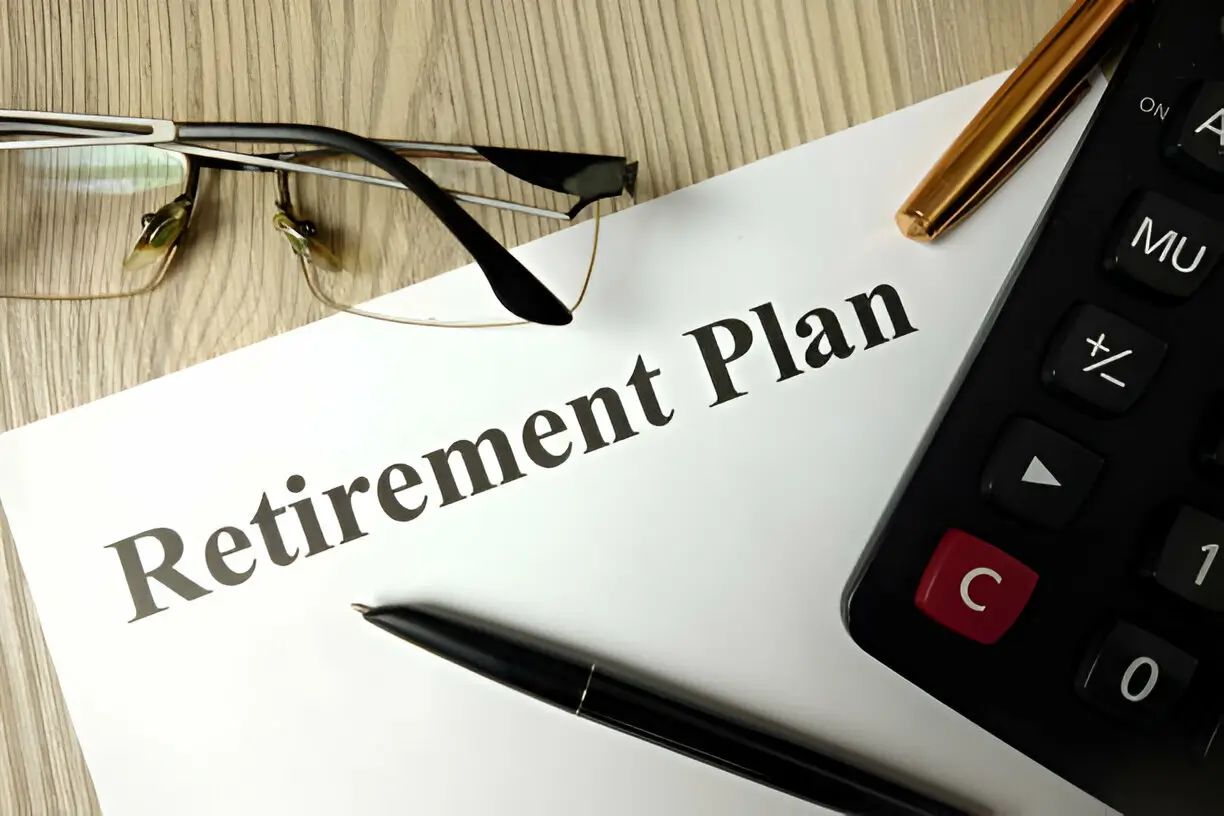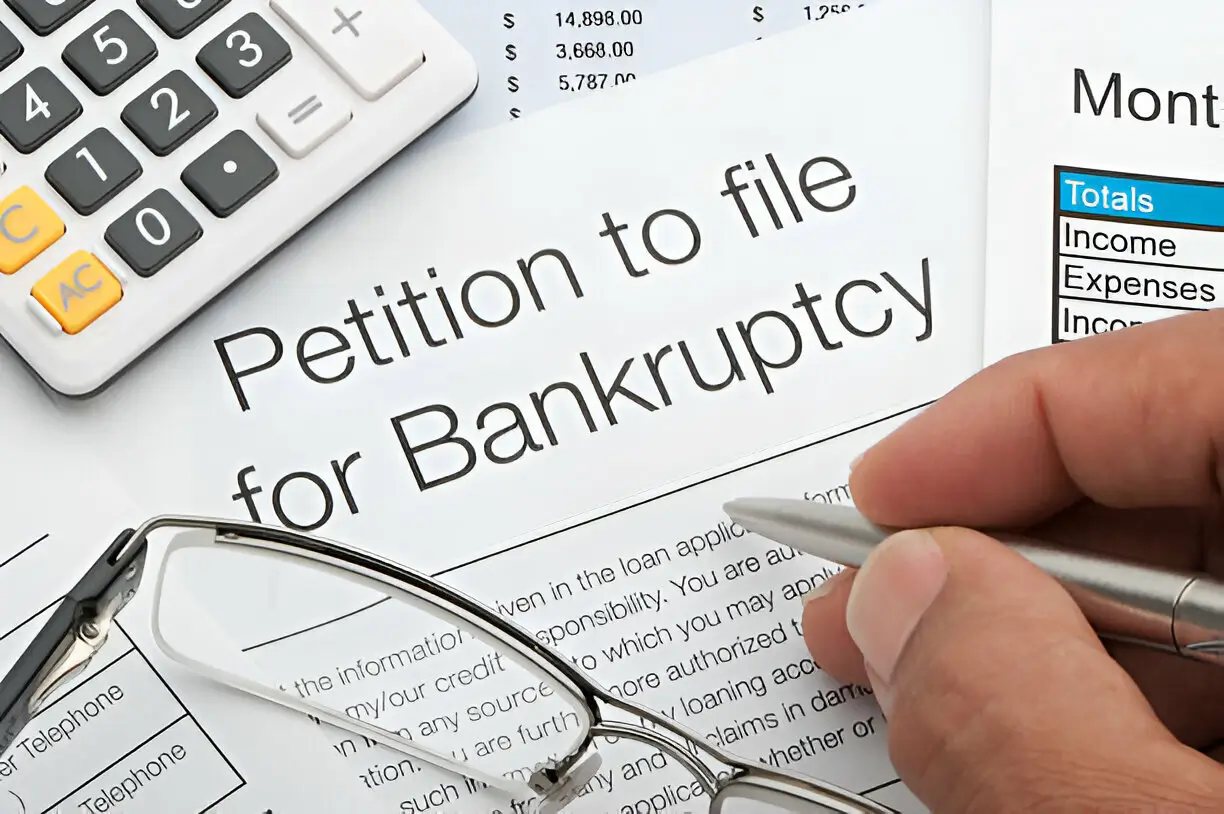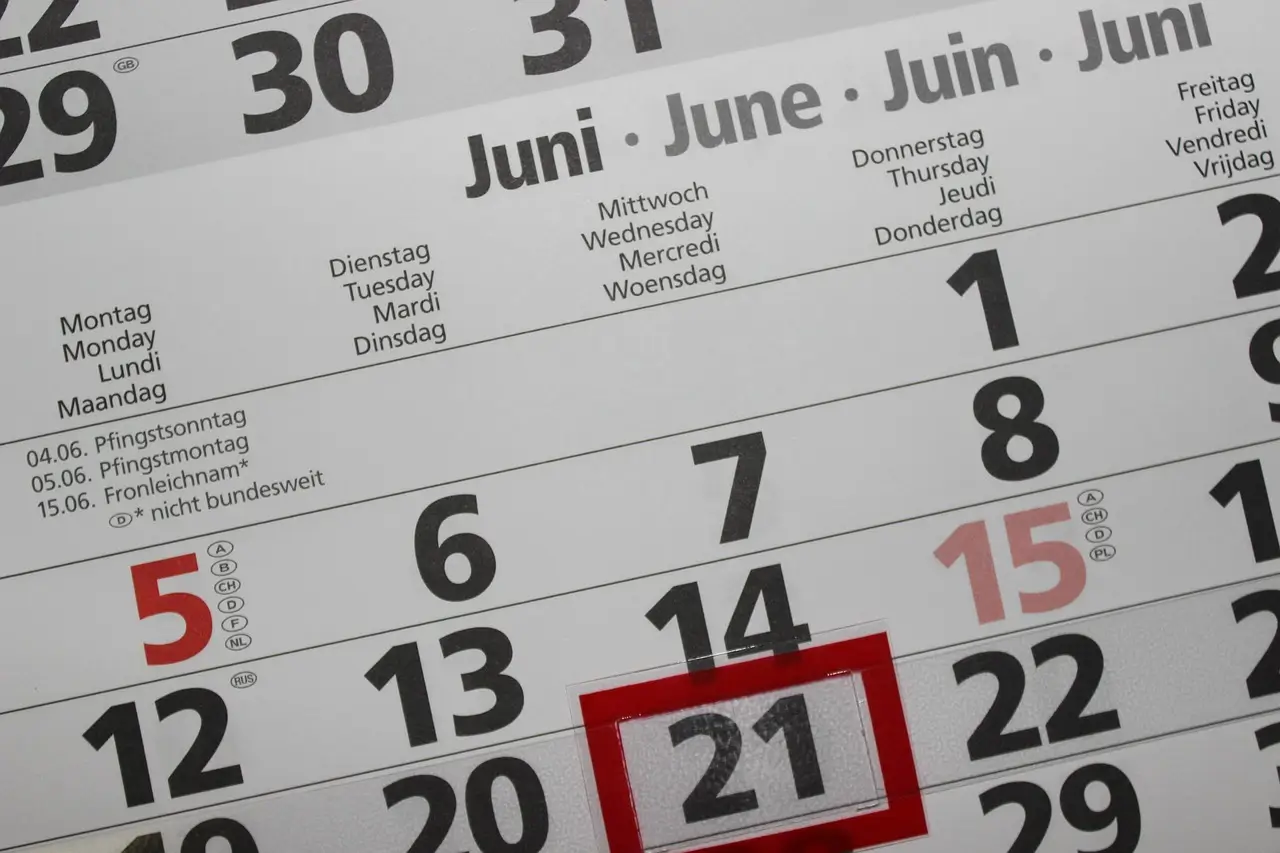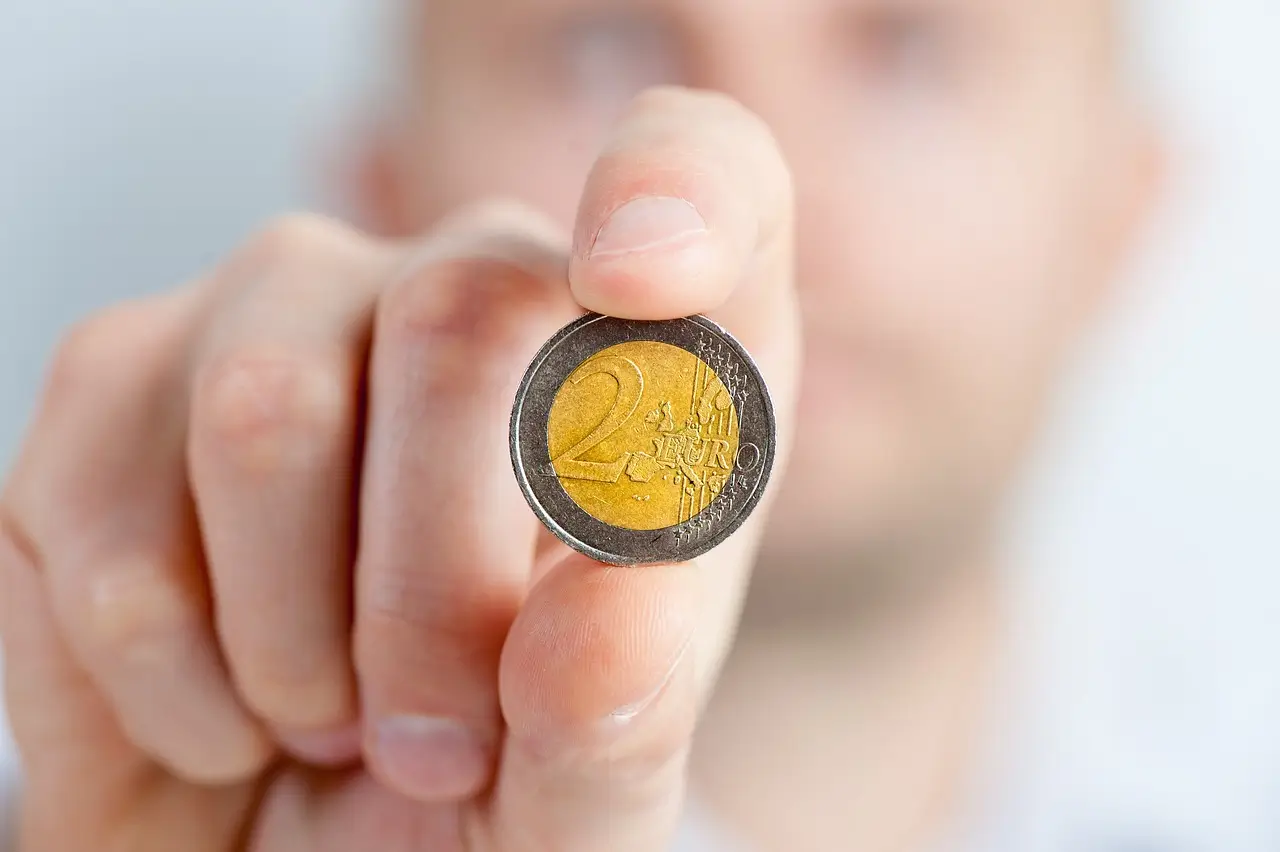The Importance of Having an Emergency Fund
Emergency Fund is more than just a financial safety net—it’s your peace of mind in uncertain times. Ever wondered how you’d handle a sudden job loss or unexpected medical bills? This guide will show you why an emergency fund is essential and how to build one that keeps you secure. Ready to take control of your financial future? Let’s dive into the importance of having an emergency fund!
The Importance of Having an Emergency Fund
Life is full of surprises, and not all of them are pleasant. An emergency fund acts as a financial cushion, helping you navigate unexpected expenses without derailing your financial stability. In this comprehensive guide, we’ll explore why an emergency fund is crucial, how to build one, and real-life examples of its benefits.
What is an Emergency Fund?
An emergency fund is a stash of money set aside to cover unexpected expenses, such as medical emergencies, car repairs, or sudden job loss. It’s a financial safety net that provides peace of mind and financial stability.
Why You Need One
Without an emergency fund, you might rely on credit cards or loans to cover unexpected expenses, leading to debt and financial stress. An emergency fund helps you avoid these pitfalls and stay financially secure.
Real-Life Example
When Sarah’s car broke down, her emergency fund covered the repair costs, preventing her from accumulating credit card debt.
How Much Should You Save?
The amount you should save in your emergency fund depends on your individual circumstances, including your monthly expenses and job stability.
General Guidelines
Financial experts recommend saving three to
six months’ worth of living expenses. This amount provides a comfortable buffer to handle most emergencies without dipping into your long-term savings or incurring debt.
Assess Your Needs
Evaluate your monthly expenses, including rent, utilities, groceries, and other necessities. If your job is unstable or you have dependents, consider saving closer to six months’ worth of expenses.
Real-Life Example
John, a freelancer with fluctuating income, aimed to save six months of expenses. This gave him peace of mind during slower work periods, knowing he could cover his bills without stress.
Building Your Emergency Fund
Creating an emergency fund requires planning and discipline. Here’s a step-by-step approach to help you get started.
Start Small
If saving several months’ worth of expenses seems daunting, start with a smaller goal, like $1,000. This initial cushion can cover minor emergencies and motivate you to keep saving.
Automate Savings
Set up automatic transfers from your checking account to a dedicated savings account. Automating your savings ensures consistency and reduces the temptation to spend the money elsewhere.
Cut Unnecessary Expenses
Review your budget and identify areas where you can cut back. Redirect these savings into your emergency fund. Small changes, like reducing dining out or canceling unused subscriptions, can add up over time.
Increase Income
Consider side jobs or freelance work to boost your income. Direct the extra earnings into your emergency fund to reach your goal faster.
Where to Keep Your Emergency Fund
Choosing the right place to store your emergency fund is crucial. It should be easily accessible but not so accessible that you’re tempted to dip into it for non-emergencies.
High-Yield Savings Accounts
A high-yield savings account offers better interest rates than traditional savings accounts, helping your fund grow faster. Ensure the account is FDIC-insured for added security.
Money Market Accounts
Money market accounts often provide higher interest rates and come with check-writing privileges. They can be a good option if you prefer having more access to your funds.
Avoid Investment Accounts
Avoid placing your emergency fund in stocks or mutual funds, as their value can fluctuate significantly. The primary goal of an emergency fund is liquidity and stability, not high returns.
The Benefits of Having an Emergency Fund
Having an emergency fund offers numerous benefits beyond just financial security. Let’s explore how it can positively impact various aspects of your life.
Reduces Financial Stress
Knowing you have a financial safety net can significantly reduce stress and anxiety. It allows you to handle unexpected expenses calmly and focus on other important aspects of your life.
Prevents Debt Accumulation
Without an emergency fund, you might resort to credit cards or loans to cover unexpected costs. This can lead to high-interest debt and long-term financial strain. An emergency fund helps you avoid this cycle.
Improves Financial Stability
An emergency fund provides a stable foundation for your financial health. It allows you to continue working towards your financial goals, like saving for retirement or buying a home, without interruption.
Real-Life Example
Emma faced unexpected medical bills after an accident. Her emergency fund covered the costs, allowing her to focus on recovery without worrying about debt.
Common Mistakes to Avoid
Building and maintaining an emergency fund requires discipline. Here are some common mistakes to avoid to ensure your fund remains effective.
Not Saving Enough
Underestimating your expenses or saving too little can leave you vulnerable. Make sure to regularly reassess your needs and adjust your savings goals accordingly.
Using the Fund for Non-Emergencies
It’s tempting to dip into your emergency fund for non-urgent expenses like vacations or shopping. Keep your fund reserved strictly for true emergencies.
Neglecting to Replenish
After using your emergency fund, prioritize replenishing it. Treat it as a top financial priority to ensure you’re prepared for the next unexpected event.
Maintaining Your Emergency Fund
Once you’ve built your emergency fund, it’s essential to maintain it. Regularly review and adjust your fund to match changes in your life and expenses.
Periodic Reviews
Set a reminder to review your emergency fund every six months. Assess your expenses, income changes, and any upcoming financial needs to ensure your fund is adequately sized.
Increase Contributions
As your income grows, increase your contributions to the emergency fund. This helps you keep pace with rising living costs and enhances your financial security.
Real-Life Example
After receiving a promotion, Lisa increased her emergency fund contributions. This adjustment ensured her fund could cover her higher living expenses and maintain her financial safety net.
FAQs About Emergency Funds
What is an emergency fund?
An emergency fund is a savings account dedicated to covering unexpected expenses, such as medical bills, car repairs, or job loss.
How much should I save in my emergency fund?
Aim to save three to six months’ worth of living expenses. The exact amount depends on your individual circumstances, including your income stability and financial responsibilities.
Where should I keep my emergency fund?
Store your emergency fund in a high-yield savings account or money market account. These options offer easy access and better interest rates compared to traditional savings accounts.
Can I use my emergency fund for planned expenses?
No, an emergency fund should be reserved for true emergencies. Planned expenses should be covered by separate savings accounts.
How do I build an emergency fund if I’m living paycheck to paycheck?
Start with small, manageable goals, such as saving $1,000. Automate your savings, cut unnecessary expenses, and consider increasing your income through side jobs.
What should I do after using my emergency fund?
Prioritize replenishing your emergency fund as soon as possible. Treat it as a top financial priority to ensure you’re prepared for future emergencies.
Is it okay to invest my emergency fund?
No, an emergency fund should be kept in liquid, stable accounts like savings or money market accounts. Avoid investing it in stocks or mutual funds due to market volatility.
How often should I review my emergency fund?
Review your emergency fund every six months to ensure it matches your current expenses and financial situation. Adjust your savings goals as needed.
What if I have irregular income?
If you have irregular income, aim to save closer to six months’ worth of expenses. This larger cushion can help cover periods of lower income.
How can I stay motivated to save for an emergency fund?
Set small, achievable milestones and celebrate your progress. Automate your savings to ensure consistency, and remind yourself of the peace of mind that comes with financial security.
Building and maintaining an emergency fund is a crucial step toward financial stability. It offers peace of mind, reduces stress, and prevents debt accumulation, allowing you to navigate life’s unexpected challenges with confidence. By understanding its importance and following the steps outlined in this guide, you can create a robust financial safety net that supports your long-term financial health.






